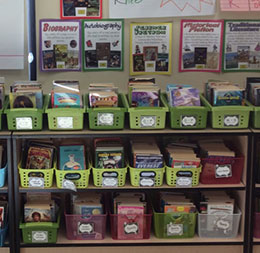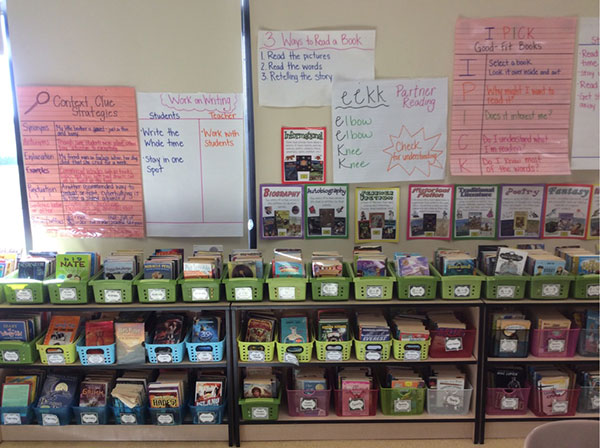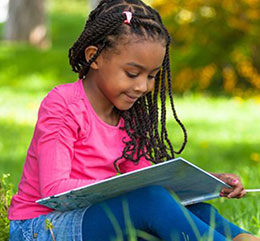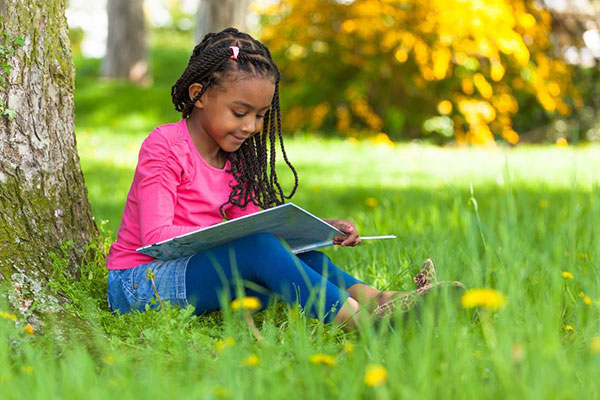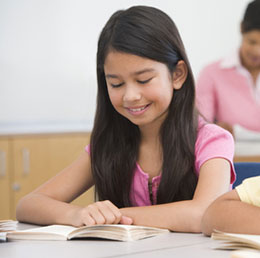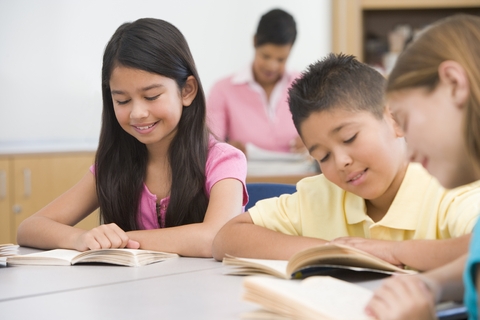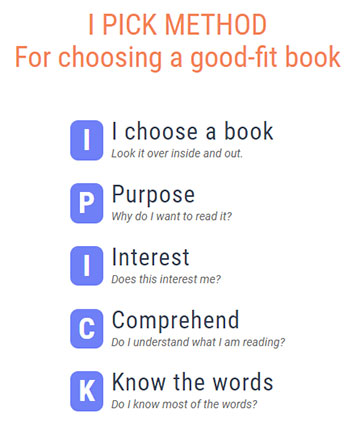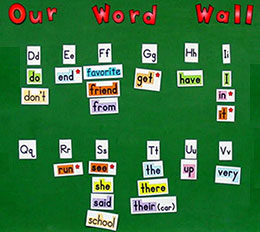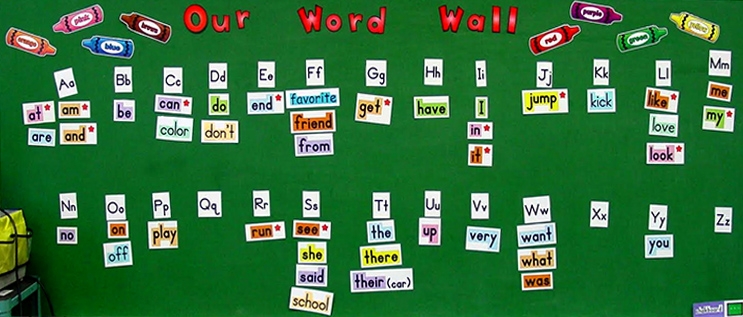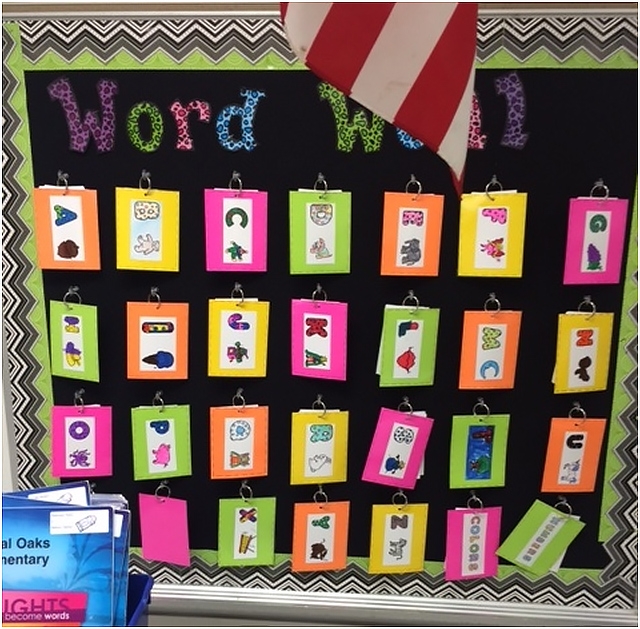As we plan for effective literacy instruction in all subject areas, standards suggest we provide a variety of complex texts while considering the learning needs of the reader and the tasks required to promote growth.
In an article published on LightSail’s website, I share some introductory thinking about designing learning experiences to develop the brain′s ability to read BOTH digital and print!


